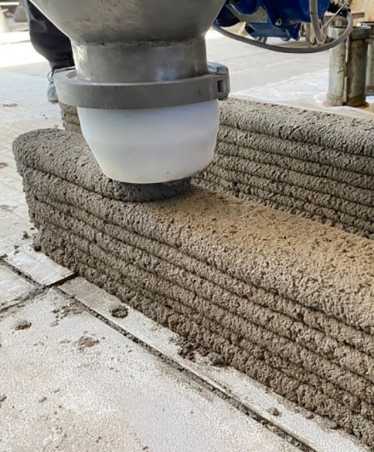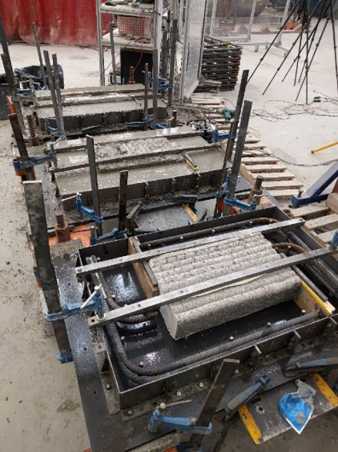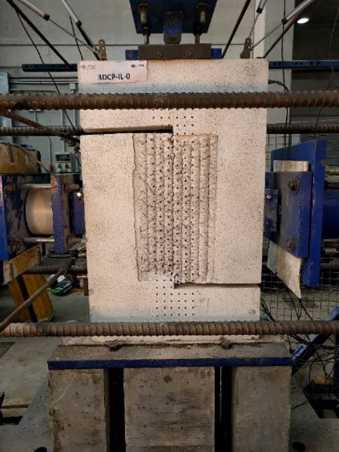Experimental analysis of the shear behaviour of 3D printed concrete by means of push-off testing
Author: Frederik Endras
Language: English
Abstract
The progress towards automation in the construction sector, which is seen as a solution to ease many existing problems, has intensified the research with digitally fabricated concrete (DFC) over the last years. A lot of promising techniques have been developed, but there is still a need for standardisation and characterization of the mechanical properties to enable further integration into the construction’s industry. This Master's Thesis aims at gathering first experimental experiences with push-off testing of extrusion-based 3D printed concrete. Here the focus laid on the design, fabrication and testing of the push-off specimens.
Different push-off specimens were designed to analyse, on one hand, the shear behaviour of the 3D printed concrete itself (in two directions) and, on the other hand, the potential of a joint of 3D printed concrete with in-situ concrete. The shear resistance of the material itself was estimated using values for plain concrete according to Eurocode 2 in combination with a reduction factor for the resistance of the layer interface, whereas the extended shear friction (ESF) theory was used to estimate the resistance of the joint.
The results of the experimental campaign confirmed that the layer interfaces of the printed concrete induced weak shear planes, leading to an anisotropic behaviour. Moreover, the results showed the potential of a joint of 3D printed concrete with in-situ concrete, whose experimental shear resistance was significantly higher than the predicted with the ESF theory. The fabrication of the specimens as well as the performance of the tests yielded first conclusions and led to some recommendations for future experimental campaigns.



